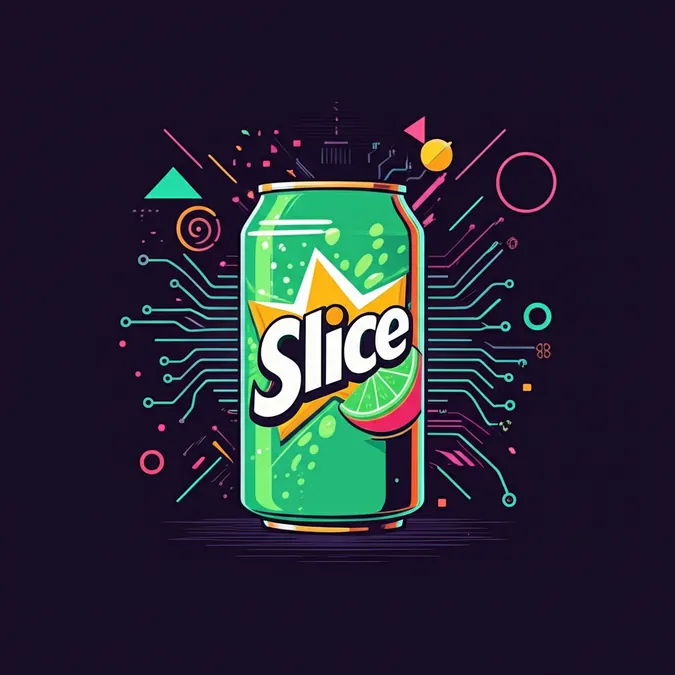Developer Offer
Try ImaginePro API with 50 Free Credits
Build and ship AI-powered visuals with Midjourney, Flux, and more — free credits refresh every month.
The Uncanny Valley Of AI Enhanced Media
The Jarring Reality of AI Upscaling
A growing unease is spreading among viewers who find AI-enhanced videos to be visually jarring, much like a brand-new TV with its motion smoothing feature still enabled. This technology, intended to "improve" older, grainier footage, often creates a distorted and unsettling experience. A prime example highlighted in a recent online discussion is an AI-upscaled recording of a David Bowie and Nine Inch Nails concert from the 90s. One viewer described an uneasy, almost psychedelic feeling while watching, particularly at a moment where the AI appeared to invent facial details from an intentionally blurry original shot.
You can see the difference for yourself. The AI-enhanced version attempts to sharpen every frame, but in doing so, it overwrites the original artistic choices. The original recording, despite its lower resolution and grain, captures a specific atmosphere that the AI completely erases. The result is an interpolated mess with unnatural movements, turning what was a piece of art into what one person called an "animated approximation."
This phenomenon is often compared to the "soap opera effect," a well-known issue caused by motion interpolation on modern TVs. As described by several individuals, this setting can make even cinematic masterpieces look like cheaply produced daytime dramas, completely ruining the intended feel and, in the case of animation like Spider-Man: Across the Spider-Verse, clashing horribly with deliberate artistic choices.
Do We Prefer The Artificial Over The Authentic
What's truly perplexing to many is that a significant portion of the public seems to enjoy these hyper-real, artificially enhanced visuals. One person shared an anecdote about shopping for a new smartphone with their partner, who consistently preferred the models that produced the most counterfeit version of reality. She was impressed by a zoom feature that kept images sharp, not realizing it was a reconstructed, liquid-like distortion. The preference for smoothed-out selfies with fake background blur over something closer to reality was cringe-inducing for the observer but delightful for the user.
This preference for the artificial isn't new, but it is becoming more pronounced. Another commenter recalled their parents insisting on stretching 4:3 content to fill their widescreen TV, distorting the image horribly. The reason? They felt they were being ripped off by unused screen space. The nuance was completely lost on them, a trait that some argue applies broadly to how the average person consumes media, food, and even politics.
Photography's Shift From Record to Reimagination
This trend is dramatically reshaping photography. A professional photographer noted a stark change in requests they receive in online communities. Previously, people sought help with camera settings or asked for restoration of old family photos. Today, the overwhelming majority of requests involve synthesizing entirely new images. Clients ask to merge people from different photos, remove ex-boyfriends, and completely change backgrounds. The results, often generated quickly by AI, are frequently of poor quality, yet the original posters are consistently thrilled.
This marks a fundamental shift where photos are losing their status as a visual record of a past event and are instead becoming a visual interpretation of a person's desires. While photo editing has existed for over a century, the accessibility of AI has put powerful, reality-bending tools into everyone's hands. As one person argued, photos were once cherished as documented history. When you heavily edit them to show things that weren't there, you lose that history—a significant loss for personal and collective memory.
The Debate Over "Better" Video: High Frame Rates and Artistic Intent
The discussion around AI enhancement mirrors the long-standing debate over high frame rate (HFR) video. Some argue that the cinematic standard of 24 frames per second (fps) is a holdover from old technology and that HFR content, like Peter Jackson's The Hobbit trilogy shot in 48fps, is objectively superior because it reduces motion blur in action scenes. For these viewers, 24fps looks like a "stuttery mess."
However, others passionately defend 24fps as a crucial artistic tool. They argue it creates an "Impressionistic Effect," signaling to our brains that we are watching a story, not reality. This subtle disconnect is essential for the suspension of disbelief. HFR, in their view, creates the dreaded soap opera effect, making everything look too real, to the point where you see actors in costumes on a set rather than characters in a believable world. Lower temporal detail, like lower visual detail in an impressionist painting, isn't inherently worse; it's a deliberate creative choice.
A Crisis of Trust in a World of Fake Images
The underlying theme in all these discussions is a growing sense of unease and a crisis of trust. When photos and videos can be so easily and seamlessly manipulated, how can we believe anything we see? One commenter expressed it perfectly: "If we live in a world where you can't tell if a picture is real or fiction, then it becomes necessary and reasonable to think of all pictures as fiction."
This erosion of trust has profound consequences. It cheapens genuine moments and makes us question the authenticity of everything from family photos to news reports. As another person warned, you'll feel the impact when you can't trust any footage of a current event, or when you show a friend a real photo and they dismiss it as fake. We are rapidly heading toward a world where non-AI-mucked content will be considered "artisanal" and the AI-processed version becomes the default, muddying our shared sense of reality.
Who Is Pushing for This Technology
If so many people find these AI features jarring and undesirable, why do they keep appearing? Many believe the push is not from consumers but is instead driven by corporate incentives. One insightful comment laid out the chain of pressure: shareholders demand growth, leading executives to showcase promising new tech, which forces product managers to build new features. Combined with developers' desire to work with new tools, the result is a flood of AI features we never asked for.
Companies feel they must sprinkle AI into every product to appear innovative. This leads to brainstorming sessions focused not on solving user problems, but on finding places to shoehorn AI. The failed push for 3D TVs a decade ago serves as a powerful reminder that technology for technology's sake often results in an immense waste of resources on features nobody truly wants. Yet, the cycle continues, with our visual media landscape as the primary casualty.
Compare Plans & Pricing
Find the plan that matches your workload and unlock full access to ImaginePro.
| Plan | Price | Highlights |
|---|---|---|
| Standard | $8 / month |
|
| Premium | $20 / month |
|
Need custom terms? Talk to us to tailor credits, rate limits, or deployment options.
View All Pricing Details

